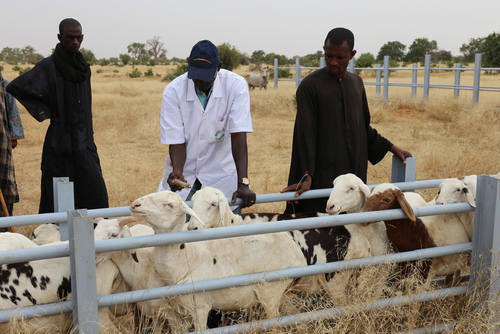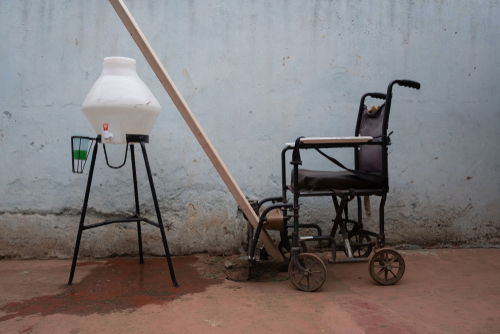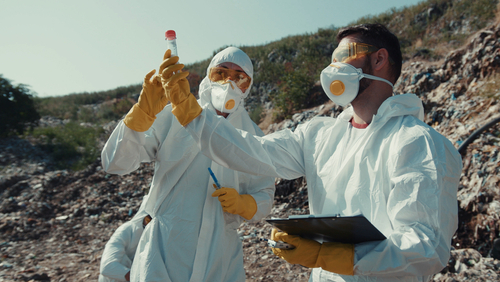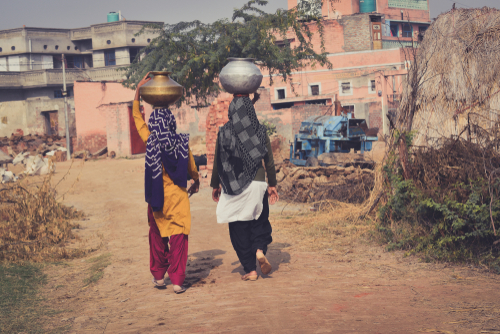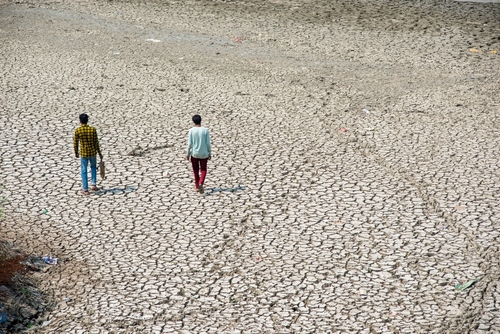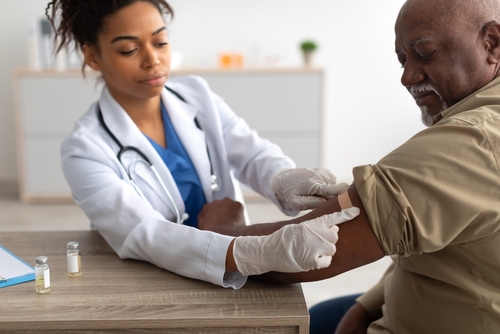January 22, 2024
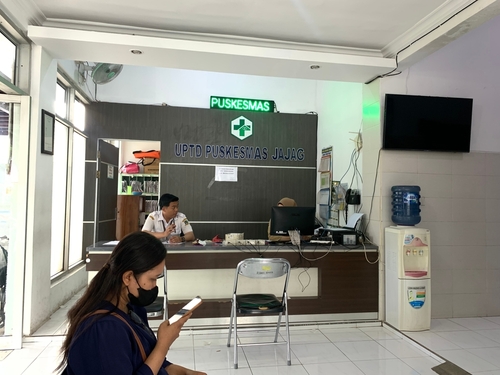
Vaccines to address antimicrobial resistance in Nepal
For the Global Antibiotic Resistance Partnership (GARP), the One Health Trust and the Nepal Public Health Foundation collaborated to host a workshop titled “Antimicrobial Resistance and Vaccines” on January 11, 2024, in Kathmandu. An interdisciplinary group of experts from AMR and Immunization departments emphasized the value that vaccines have in reducing the overall burden of infectious diseases and antimicrobial use, thereby slowing the development of drug resistance in critical pathogens. Beyond the human health aspect, experts also highlighted the potential of vaccines in the livestock industry, specifically among poultry, the main source of meat production in the country. [Kathmandu Post]
Examining Latin American National Action Plans on AMR
A governance framework centered around policy design, implementation tools, and monitoring and evaluation was used to analyze national action plans (NAPs) on AMR from 11 Latin American countries to assess their alignment with the objectives of the Global Action Plan (GAP) on AMR. While the strategic objectives of the NAPs on AMR were well aligned with those of the GAP on AMR, there was poor alignment regarding actions recommended to advance the implementation of the plans. Furthermore, none of the NAPs mentioned a need for a working group or advisory council to monitor implementation or for budgets regarding new drug development. The environmental sector was also rarely mentioned in the NAPs despite the environment’s well-established role as a potential reservoir of resistance. [Health Policy and Planning]
Soil health is integral to One Health and Planetary Health approaches.
One Health and Planetary Health research has become increasingly focused on the role that agricultural methods play in driving climate change, drug resistance, and the emergence of zoonotic diseases. However, training for public health professionals often does not incorporate soil health despite its clear links to human, animal, environmental, and planetary health. Soils enriched with a diverse range of microorganisms enable carbon sequestration and improve agricultural productivity. Healthy soils are also an undesirable environment for pathogens and can thereby reduce the spread of soil-borne pathogens to humans and animals. A greater focus on interventions to enhance soil health is needed to support human health and biodiversity. [One Health]
Geographical disparities in WASH infrastructure in Haiti
A retrospective study of school-aged children in various regions of La Gonâve, Haiti, assessed the impact of water, sanitation, and hygiene (WASH) interventions on cholera understanding and hygiene practices. Over 60 percent of respondents reported that open defecation could never drive cholera transmission, highlighting an opportunity for education and training in future WASH interventions. Furthermore, respondents across all three regions reported challenges in finding public toilets and accessing clean water sources, with many relying on unsustainable water collection methods, such as rainwater collection. [Journal of Infection and Public Health]
Assessing the cost-effectiveness of a South Korean tuberculosis treatment adherence program
A discrete event simulation (DES) model was used to estimate the cost-effectiveness of a national tuberculosis (TB) program to improve patients’ treatment adherence in South Korea. After the hypothetical intervention (which improved adherence from 79 to 94 percent), the average discounted cost of TB treatment was US$2,947, and the quality-adjusted life-years (QALYs) were 13.29 in the adherent group. The incremental cost-effectiveness ratio was US$8,790 per QALY, indicating that the simulated adherence intervention was cost-effective. [Journal of Infection and Public Health]
The Brazilian health system fails to integrate novel TB diagnostics into primary healthcare.
Brazil’s efforts to control tuberculosis (TB) have been challenged by the COVID-19 pandemic and a simultaneous increase in poverty between 2018 and 2022. However, advancements in public support for TB elimination have been made through an increase of 250 percent in TB research funding between 2021 and 2023 and the establishment of the Interministerial Committee for the Elimination of Tuberculosis and Other Socially Determined Diseases in April 2023. Despite this progress, the integration of novel diagnostics and treatments into the Brazilian health system has been slow. Without policies to revamp TB guidelines at the primary healthcare level, Brazil will fall short of the goals established at the 2018 UN High-Level Meeting on TB. [The Lancet Regional Health – Americas]
Availability of essential medicines is limited in rural communities in eastern Indonesia.
An assessment of the availability of essential medicines in primary health centers (PHCs) in Indonesia exposed barriers to accessing medicines considered “most essential” by the Ministry of Health in 82 percent of PHCs. Only 22 percent of all essential medicines were available in more than 90 percent of the PHCs, and one-third of essential medicines were available in less than 30 percent of the PHCs. Eastern Indonesia, particularly in rural areas, had the lowest availability of essential medicines and poor availability of priority medicines. [The Lancet Regional Health – Southeast Asia]
AMR in foodborne pathogens in India is markedly high.
The WHO Advisory Group on Integrated Surveillance of Antimicrobial Resistance (WHO-AGISAR) assessed the prevalence and resistance profiles of four foodborne pathogens in humans and animals in northern India. While the prevalence of pathogens causing diarrhea in humans ranged between 4.84 percent for enterotoxigenic Escherichia coli, 4.32 percent for enteropathogenic E. coli (EPEC), and 2 percent for Campylobacter spp., the prevalence in stool samples collected from food animals was notably higher for EPEC (32.11%) and Campylobacter spp. (24.72%). [One Health]
Delivering HPV test results through enhanced text messaging does not increase treatment uptake.
A mixed-methods sub-study explored the impact of an enhanced text messaging approach to deliver HPV test results to women aged 25 to 65 in Migori County, Kenya. Participants noted privacy and immediacy as advantages of the text messaging approach, while some stated that they prefer to receive a positive HPV test result via phone call. Although providing various test result notification options was valued by participants, the chosen notification method did not affect HPV treatment uptake. These findings suggest systemic barriers to women seeking HPV treatment that cannot be ameliorated solely by enhanced text messaging. [BMC Women’s Health]
Image from Shutterstock

